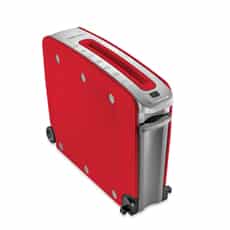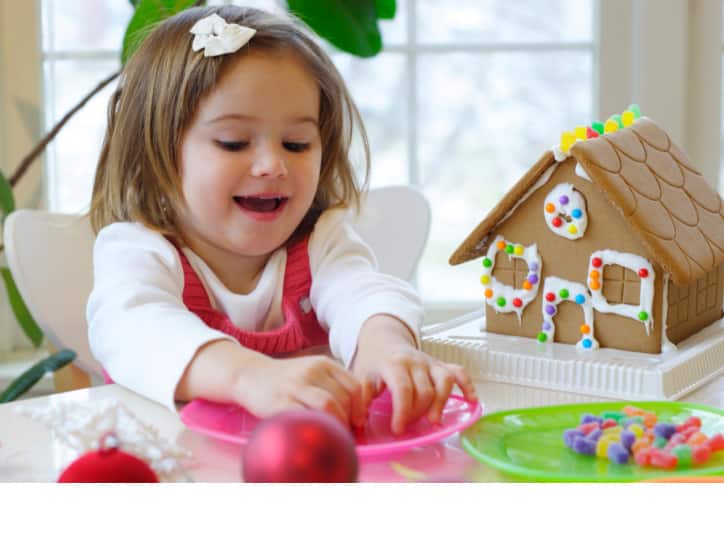

“Selling is much different from representing,” Buckley says. “It’s more like being a doctor or therapist. You listen to potential customers about what they want or need, and then you introduce your product as the answer. You want people to think buying your services was their idea.”
When selling your business, telling people how good you are usually falls on deaf ears, says Cheryl Osborn, president of Casco Contractors, Inc., a design-build general contractor for building owners, property managers and tenants. “Rather than direct selling, you need to prove your value to potential clients,” Osborn says.
Ask Questions and Listen
Instead of listing the many ways your product or service is just what the client needs, simply listen, says Buckley, who sells to dentists. “I’ll ask the dentists to tell me about their practices and how business has been, which gives me a great deal of useful information, including what motivates them as buyers,” she says. “Knowing their motivation directs my sales tactics. For instance, the tech savvy dentist will want to hear about the technology of the product, while the person interested in money will appreciate hearing about how much other dentists have earned.”
RELATED: Old-School Rules That Increase Sales
It’s important that the client sets the stage and does all the talking at first, Osborn agrees. “Telling customers what they need is offensive, like an ‘eye-rolling’ creepy sales pitch. Sometimes it may take you asking five or six well-constructed questions to get feedback, but if you’re patient, the potential client will divulge useful information.”
Problem Solve
No client wants to engage with you unless you can help in some way, Osborn says. “By listening to your customers and getting to know what troubles them, you are able to customize a solution that involves your product. Rather than selling, your job is problem solving, which is a win-win for everyone.”
Educate and Differentiate
Selling also works when you educate customers about how your product or service can help differentiate them from their competitors, Buckley says.
“It’s all about telling them they can be special and different if only they try your product or service,” she says. One particular product she’s selling, which helps dentists to treat pain without drugs, has a 95 percent clinical success rate. “Such information educates potential clients about the value of the product. Share as much information as possible without being overwhelming, so clients can make their own decisions.”
RELATED: 6 Mistakes Costing You Sales
Osborn, on the other hand, tends to lean heavier on stories than statistics. “I’ve found that if I give potential clients a bunch of stats about my company, they get bored and feel like I’m hard selling,” she says. “Tell anecdotes about other people who faced similar challenges and found solutions. Such stories reveal how you can help them.”
Demonstrate Passion
If you truly believe in the product or service you’re selling, that enthusiasm will impress potential clients.
“I’m really passionate about the product I’m selling and excited about how it can help people by relieving their pain,” Buckley says. “People see how much I believe in the dental system, and that encourages them to ask for the specifics. Let your confidence and commitment to your product shine through, and you can’t help but attract sales.”
If you take these low-key sales tactics to heart, you’ll may discover that your products and services nearly sell themselves.
Read more about small business sales.
A freelancer since 1985, Julie Bawden-Davis has written for many publications, including Entrepreneur, Better Homes & Gardens and Family Circle.
Photo: iStockphoto






 And while it’s hardly required, another great tool is an auto button. This will let you keep the machine on but not running, which saves you from having to turn the shredder off and on as you ready paperwork for shredding.Waiting until the shredder is stuffed can lead to jams and overheating, and makes for messy emptying. To avoid overstuffing, look for shredders with a clear shredder compartment or a window into the machine — some even feature an indicator light to let you know when the compartment is reaching capacity.
And while it’s hardly required, another great tool is an auto button. This will let you keep the machine on but not running, which saves you from having to turn the shredder off and on as you ready paperwork for shredding.Waiting until the shredder is stuffed can lead to jams and overheating, and makes for messy emptying. To avoid overstuffing, look for shredders with a clear shredder compartment or a window into the machine — some even feature an indicator light to let you know when the compartment is reaching capacity.














 Dust-catching window coverings, such as heavy drapes and blinds with small slats that are hard to clean, are notorious breeding grounds for dust mites. Better choices include window shades and blinds or shutters with large slats that can be easily vacuumed. Clean blinds, shutters and shades weekly with a
Dust-catching window coverings, such as heavy drapes and blinds with small slats that are hard to clean, are notorious breeding grounds for dust mites. Better choices include window shades and blinds or shutters with large slats that can be easily vacuumed. Clean blinds, shutters and shades weekly with a 

 As your central locus of work, your choice of
As your central locus of work, your choice of  Electronic equipment such as computers, scanners, printers and cell-phone chargers bring what can seem like an overabundance of cords and cables. A variety of cord control products on the market allow you to collect the cords and store them in an unobtrusive manner. Such systems also allow you to easily unplug items without having to sort through all of your cords and cables.
Electronic equipment such as computers, scanners, printers and cell-phone chargers bring what can seem like an overabundance of cords and cables. A variety of cord control products on the market allow you to collect the cords and store them in an unobtrusive manner. Such systems also allow you to easily unplug items without having to sort through all of your cords and cables. If you have a lot of items and limited drawer or cabinet space,
If you have a lot of items and limited drawer or cabinet space, 



 Toddlers are becoming more aware of their surroundings, and they’ll enjoy exploring and playing at bath time with your help. Many infant baths convert for toddlers, allowing your little one to sit up when he’s ready. When it’s time to move into the big bathtub, make sure he or she stays secure and happy by using a non-slip bathmat in the tub.
Toddlers are becoming more aware of their surroundings, and they’ll enjoy exploring and playing at bath time with your help. Many infant baths convert for toddlers, allowing your little one to sit up when he’s ready. When it’s time to move into the big bathtub, make sure he or she stays secure and happy by using a non-slip bathmat in the tub.









